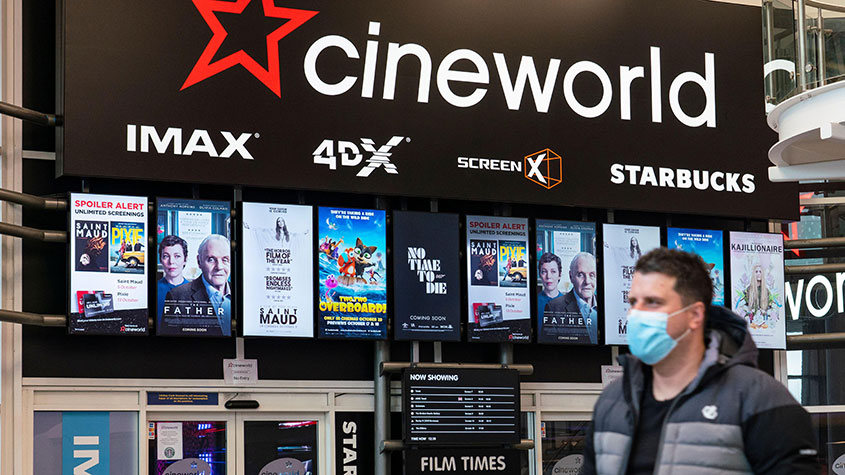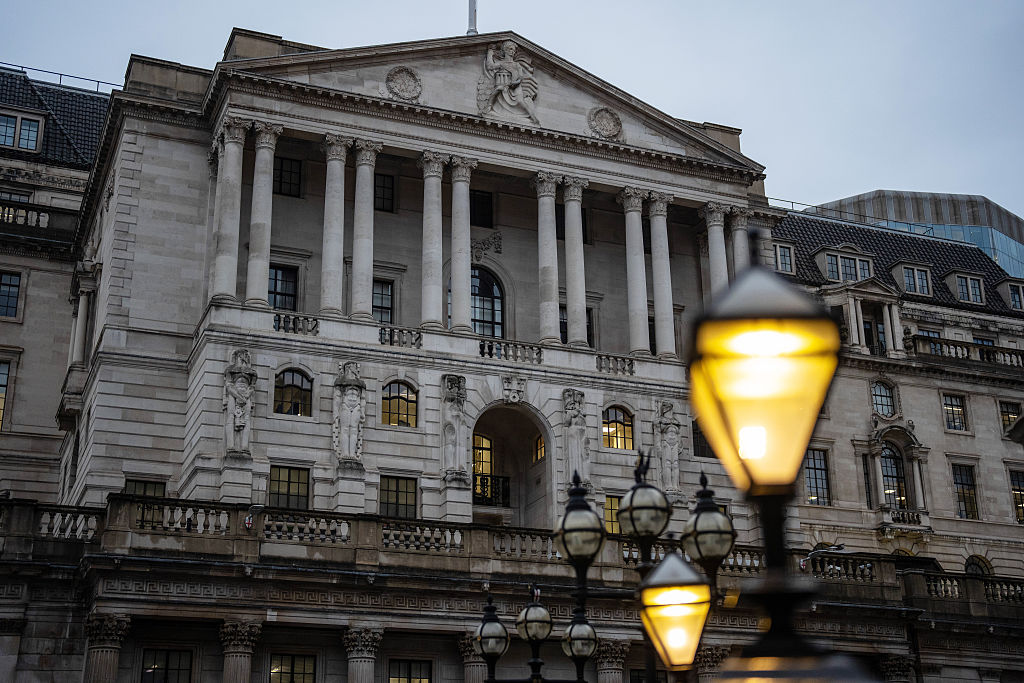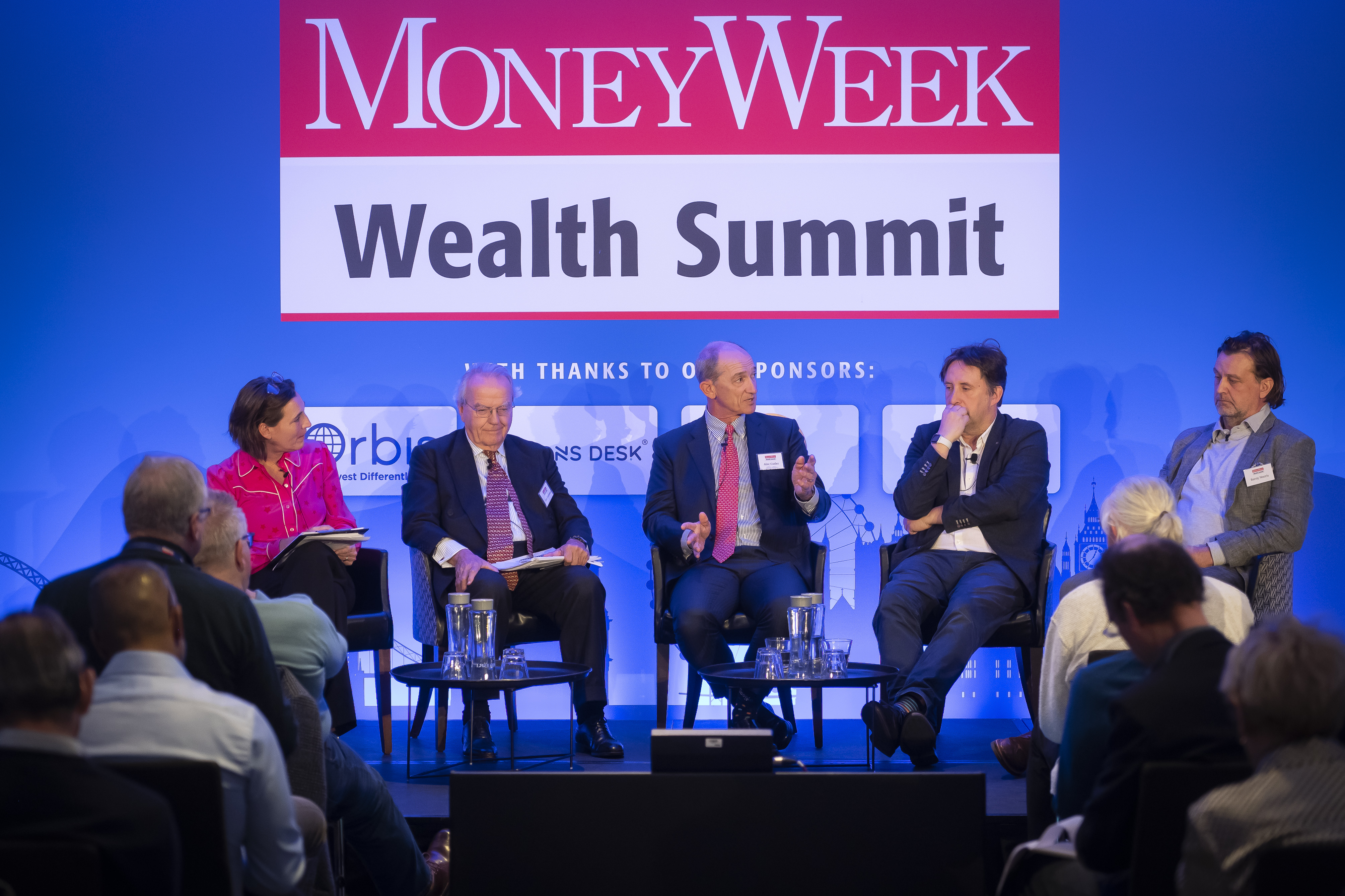Cineworld faces a bleak future – investors should stay away
Weighed down by crippling debts and with consumers tightening their belts, Cineworld's future does not look bright, says Rupert Hargreaves. Investors should steer well clear.


The best investors carefully analyse the probability of certain outcomes to establish the perfect price to pay for an asset. When it comes to the outlook for Cineworld (LSE: CINE) shares, I think the potential outcomes are pretty binary at this stage: either the company will fail, crushed under the weight of its debts, or it will manage to muddle through and just about survive.
This conclusion might seem harsh, but in my view, the group does not have a lot of options.
The state of Cineworld’s balance sheet is the most pressing issue. Net debts totalled $4.8bn (£3.9bn) at the end of 2021, up some $500m (£407m) from 2020 (excluding leases). To put that into perspective, the company’s current market capitalisation is languishing below £300m.
MoneyWeek
Subscribe to MoneyWeek today and get your first six magazine issues absolutely FREE

Sign up to Money Morning
Don't miss the latest investment and personal finances news, market analysis, plus money-saving tips with our free twice-daily newsletter
Don't miss the latest investment and personal finances news, market analysis, plus money-saving tips with our free twice-daily newsletter
Earlier in the year, I concluded that Cineworld is unlikely to be able to get out from under this crushing debt without some kind of restructuring. That’s exactly what management is now planning.
The binary outcome for Cineworld shares
Cineworld needed customers to return to its theatres in large numbers after the pandemic to generate enough revenue and profits to start chipping away at its debt. Financing costs amounted to $900m in 2021, while box office revenue for the period totalled $956m.
At the start of 2022, it looked as if the firm was on the right track, but the tide has now turned.
According to the latest trading update, recent admission levels have been “below expectations” due to a “limited film slate that is anticipated to continue until November 2022.”
As a result, management is now looking at all the options available to the group to keep the lights on. The so-called strategic options being considered include obtaining additional liquidity and “potentially” restructuring the balance sheet “through a comprehensive deleveraging translation.”
This splash of corporate jargon seems to be trying to camouflage the fact that the business is running out of cash and it needs to take evasive action. For shareholders this is devastating news. The company notes that any transaction to reduce debts will “likely result in very significant dilution of existing equity interests in Cineworld.” That’s putting it mildly.
There are not many options on the table at this stage. It has no chance of repaying its debts with current profits or selling assets. Interest rates are rising and credit conditions are deteriorating, which suggests it’s not going to be easy for it to convince creditors to lend it more money or refinance its debts (without paying punishing rates of interest).
Other options on the table include a rights issue or debt for equity swap, both of which have the same outcome for shareholders – significant equity dilution.
Shareholders will have to foot the bill for the group’s debt load
At the time of writing, Cineworld’s market value stands at a shade under £300m. Its debt load was 12 times higher at the end of 2021. A back-of-the-envelope calculation suggests the company will have to issue 12 new shares for every existing one if it wants to clear its debt. But these numbers will be wrong. I don’t know where debt stands today, what fees it will incur and if it will even be able to get a deal off the ground. The actual cost could be a lot higher.
Then we have to take into account Cineworld’s legal battles.
One of the many legal fights Cineworld has become caught up in over the last couple of years is with former investors of Regal, a US movie theatre operator. Cineworld paid $23 per share to snap up the corporation, but US investors have successfully argued that this undervalued the enterprise. To placate the litigants, Cineworld agreed to pay $170m to these investors in September last year. However, with cash reserves dwindling, management had to ask for an extension to the initial deadline to repay the remaining balance.
There’s another big legal elephant in the room. The firm is battling a near-$1bn damages award after it abandoned its $2.1bn takeover of Cineplex in June 2020. Management is in the process of appealing the ruling, but this is yet another threat to the company’s existence.
Even if Cineworld does manage to wriggle out of these issues, in my opinion, management has its back against a wall. The group needs more cash and there are only a few options available to raise the money.
On that basis, I wouldn’t touch the stock with a barge pole. There are plenty of other companies out there with far better prospects.
Get the latest financial news, insights and expert analysis from our award-winning MoneyWeek team, to help you understand what really matters when it comes to your finances.

Rupert is the former deputy digital editor of MoneyWeek. He's an active investor and has always been fascinated by the world of business and investing. His style has been heavily influenced by US investors Warren Buffett and Philip Carret. He is always looking for high-quality growth opportunities trading at a reasonable price, preferring cash generative businesses with strong balance sheets over blue-sky growth stocks.
Rupert has written for many UK and international publications including the Motley Fool, Gurufocus and ValueWalk, aimed at a range of readers; from the first timers to experienced high-net-worth individuals. Rupert has also founded and managed several businesses, including the New York-based hedge fund newsletter, Hidden Value Stocks. He has written over 20 ebooks and appeared as an expert commentator on the BBC World Service.
-
 What do falling interest rates mean for you?
What do falling interest rates mean for you?You may think that only businesses and politicians should pay attention to choices made by the Bank of England, but its interest rates decisions also have an impact on your personal finances. We explain how.
-
 Halifax: UK house prices at lowest level since summer as growth slows
Halifax: UK house prices at lowest level since summer as growth slowsProperty prices fell by 0.6% month-on-month in a typical Christmas season slowdown, Halifax’s latest house price index shows.
-
 Halifax: House price slump continues as prices slide for the sixth consecutive month
Halifax: House price slump continues as prices slide for the sixth consecutive monthUK house prices fell again in September as buyers returned, but the slowdown was not as fast as anticipated, latest Halifax data shows. Where are house prices falling the most?
-
 Rents hit a record high - but is the opportunity for buy-to-let investors still strong?
Rents hit a record high - but is the opportunity for buy-to-let investors still strong?UK rent prices have hit a record high with the average hitting over £1,200 a month says Rightmove. Are there still opportunities in buy-to-let?
-
 Pension savers turn to gold investments
Pension savers turn to gold investmentsInvestors are racing to buy gold to protect their pensions from a stock market correction and high inflation, experts say
-
 Where to find the best returns from student accommodation
Where to find the best returns from student accommodationStudent accommodation can be a lucrative investment if you know where to look.
-
 The world’s best bargain stocks
The world’s best bargain stocksSearching for bargain stocks with Alec Cutler of the Orbis Global Balanced Fund, who tells Andrew Van Sickle which sectors are being overlooked.
-
 Revealed: the cheapest cities to own a home in Britain
Revealed: the cheapest cities to own a home in BritainNew research reveals the cheapest cities to own a home, taking account of mortgage payments, utility bills and council tax
-
 UK recession: How to protect your portfolio
UK recession: How to protect your portfolioAs the UK recession is confirmed, we look at ways to protect your wealth.
-
 Buy-to-let returns fall 59% amid higher mortgage rates
Buy-to-let returns fall 59% amid higher mortgage ratesBuy-to-let returns are slumping as the cost of borrowing spirals.